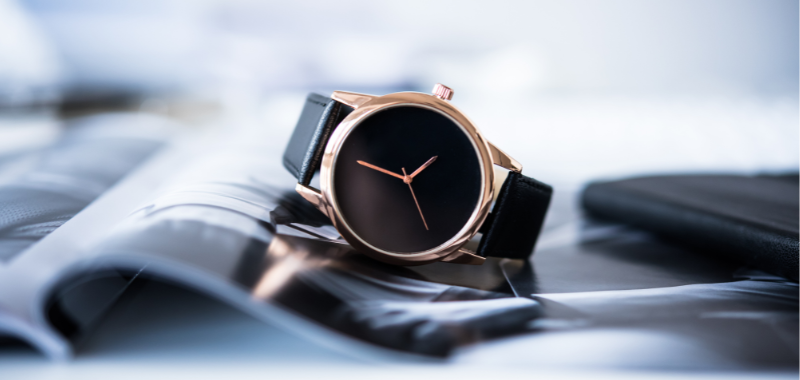As interest in high-end physical assets grows, many trustees and advisers are asking: Can a Self-Managed Super Fund (SMSF) own luxury watches or wearable collectables like jewellery? The short answer is yes, but only if you strictly follow the superannuation rules.
These rules are designed to ensure that SMSFs remain focused on retirement outcomes—not personal enjoyment. So, if you’re thinking about adding a Rolex or Patek Philippe to your fund, here’s what you need to know.
—
The Law in a Nutshell
Collectables and Personal Use Assets
Under Regulation 13.18AA, SMSFs can invest in collectables such as:
- Jewellery
- Artwork
- Memorabilia
- Wine or spirits
- Motor vehicles
However, these assets are subject to strict compliance conditions.
The Sole Purpose Test
Found in Section 62 of the SIS Act, this test requires that your SMSF exists solely to provide retirement or death benefits. That means:
- No personal use
- No enjoyment today
- Only future capital growth matters
- No Related-Party Acquisition
Under Section 66 of the SIS Act, your SMSF cannot acquire collectables from a member or related party. All purchases must be made from arm’s-length third parties.
—
What You Must NOT Do
- No wearing or using the item. Even once is a breach.
- No storage at a private residence. That includes garages or sheds.
- No leasing to related parties. The asset must remain untouched.
—
What You MUST Do: Compliance Checklist
- Document the storage decision—where and why—and keep records for 10 years
- Insure the item in the fund’s name within 7 days of acquisition
- Maintain arm’s-length terms—use proper invoices and insurance schedules
- Use independent valuations when selling or transferring to related parties
—
Can You Store It at a Related-Party Business Premises?
Yes, but only under strict conditions:
- The premises must not be a private residence
- The item must not be displayed or used
- Security must be appropriate
- Insurance must be in the SMSF’s name
Example: A luxury watch stored in a high-security safe at a related party’s retail store—never worn, never displayed, fully documented and insured in the fund’s name.
—
Buying → Owning → Selling: A Simple Workflow
- Check your investment strategy—must allow collectables and address risk, liquidity, and exit plans
- Buy from an unrelated seller—invoice in the fund’s name
- Within 7 days—arrange insurance and document storage
- During ownership—no use, keep audit-ready records
- On disposal—use independent valuation if selling to a related party
—
Valuation and Market Tracking
Unlike shares, luxury watches don’t have exchange-quoted prices. Trustees must:
- Use credible, independent valuations
- Avoid relying on online listings or hearsay
- Monitor reputable sources (e.g., auction houses) for market context
—
Risks and Practical Considerations
- Present-day benefit risk—even one use is a breach
- Insurance challenges—especially within 7 days
- Liquidity issues—collectables can be hard to sell
- Penalties—civil penalties apply for breaches of Reg 13.18AA
—
Final Thoughts
Luxury watches and other collectables can be part of your SMSF—but only with disciplined compliance. If your goal is retirement outcomes, not personal enjoyment, and you can document every step from strategy to disposal, then you’re on the right track.
Just remember: these assets rarely produce income. You’re banking on capital growth, so be prepared for illiquidity and scrutiny.
For More Information visit our Website
Reach out to us at biz@carisma-solutions.com.au
Connect with us on our WhatsApp.
Credits

Sundaram Shanmugam, Smart SMSF Team




